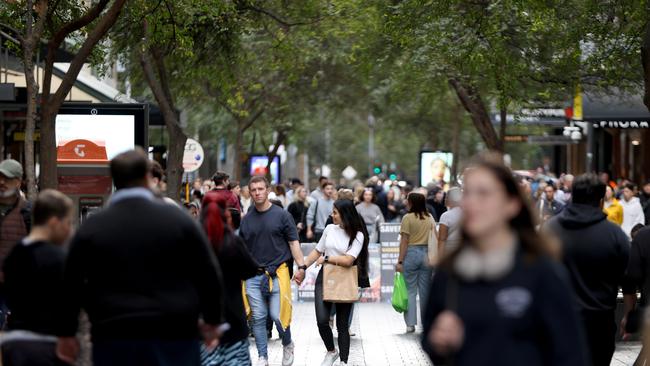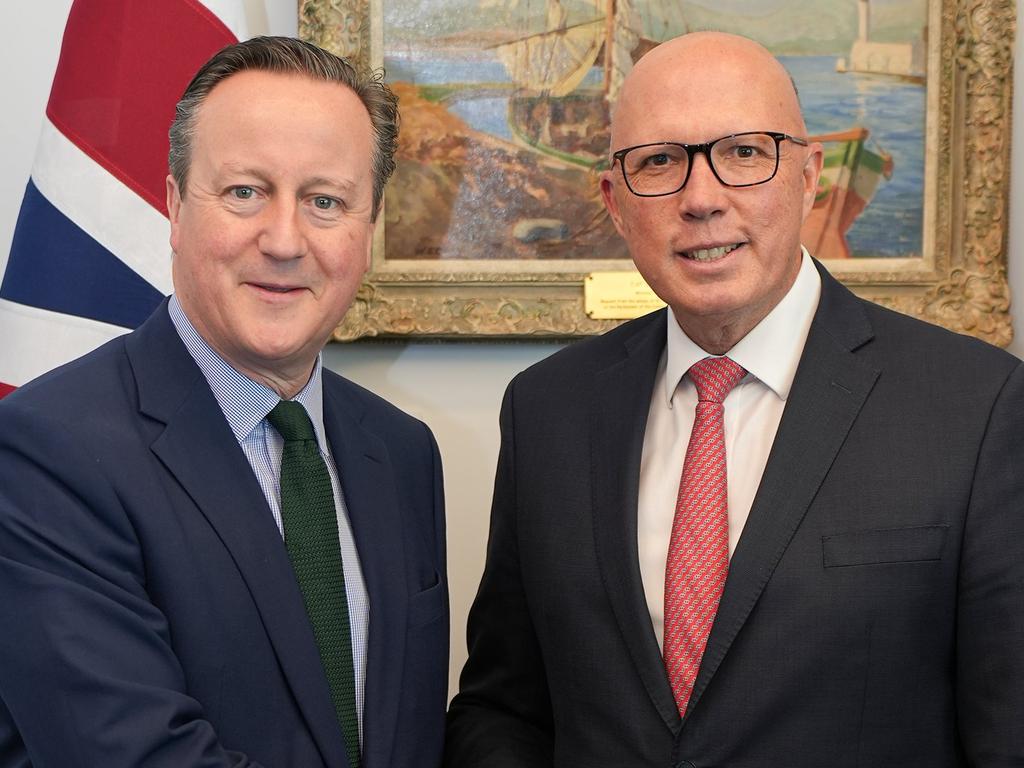Cost-of-living help could delay mortgage relief
A $60bn jump in federal and state government spending in the coming financial year will add to inflation and risks keeping interest rates higher for longer, new Westpac analysis reveals.

A $60bn jump in federal and state government spending in the coming financial year will add to inflation and risks keeping interest rates higher for longer, new Westpac analysis reveals.
The new research comes days after the Reserve Bank board flagged rising concerns that fiscal policy, including generous cost-of-living support packages, was working against the central bank’s efforts to cool the economy and bring price pressures back under control.
Of the tens of billions of dollars in additional new spending set to hit the economy in 2024-25, more than half has been announced over the past five weeks in budgets from Western Australia, Queensland, NSW and the Commonwealth, the Westpac research shows.
Westpac senior economist Pat Bustamante said this extra money was equivalent to a national “fiscal impulse” worth 2.2 per cent of GDP for the coming financial year.
“The question is not whether fiscal settings are less restrictive and more accommodative, they unambiguously are more accommodative,” Mr Bustamante said.
“The question is whether the impulse is appropriate given where we are in the economic cycle,” he said, adding that the additional support may be hitting the economy and households just as cost of living pressures ease and tax cuts kick in from next month.
The economy slowed to a near standstill at the start of 2024, and “the growing fiscal impulse will be an additional support” to growth, Mr Bustamante said.
“But it adds to inflation risks, particularly in areas where there are existing capacity constraints, such as the construction sector. If the concerns around persistent price pressures continue, this may add to the risk that interest rate relief is delayed,” he said.
The fiscal impulse is a widely used measure to show how much the change in net public spending is adding – or subtracting – to growth in demand and wider economic activity from one year to the next.
The strengthening impulse for the coming financial year was “driven by higher spending on the public services required to cater for the larger population, as well as investment in infrastructure”, Mr Bustamante said.
“This is larger than the growing fiscal impulse recorded in 2009-10 during the global financial crisis, when the national net operating deficit deteriorated from 1.9 per cent of GDP, to 3.3 per cent of GDP,” he said.
The new analysis comes after Reserve Bank governor Michele Bullock on Tuesday warned Australians that bringing inflation back under control would be “a slow grind”, and that the “narrow path” to taming price pressures without tipping the economy into recession was “getting narrower”.
After holding rates at 4.35 per cent for the fifth consecutive meeting, the RBA board’s statement on Tuesday signalled a growing uneasiness among officials that boosted government spending was working against monetary policy.
Board members noted that the bank would look past government interventions to artificially lower prices, and that there was still “excess demand” in the economy.
In that context, “recent budget outcomes may also have an impact on demand, although federal and state energy rebates will temporarily reduce headline inflation,” the statement said.
Ms Bullock immediately sought to downplay the board statement, and Jim Chalmers insisted that Labor’s budget strategy was striking the right balance between easing cost of living pressures and not adding to inflationary pressures.
AMP chief economist Shane Oliver said “government decisions – while potentially popular with voters – are making the RBA’s job harder with the end result being higher for longer interest rates”.
“It’s yet again a reminder of why responsibility for getting inflation is in the hands of the RBA and not politicians,” Dr Oliver said.
Compared to mid-year fiscal updates in late 2023, federal and state governments have announced an additional $120bn in new spending over the coming four years, including $20bn of more money into the already huge pipeline of infrastructure projects.
“In some states, capital projects were pushed back and even scrapped, but this has been more than offset by new projects and increased funding for projects already on the books,” Mr Bustamante said.
Public coffers – mostly at the federal level – in recent years have been swelled by soaring commodity prices and an employment and population boom that drove a sharp increase in the tax take, even as spending on unemployment benefits dropped. Soaring house prices have also delivered a massive lift in stamp duty receipts at the state level.
“We have clearly reached the part of the cycle where revenue upgrades have become insufficient to fully cover spending pressures. And we knew this was coming,” Mr Bustamante said.







To join the conversation, please log in. Don't have an account? Register
Join the conversation, you are commenting as Logout